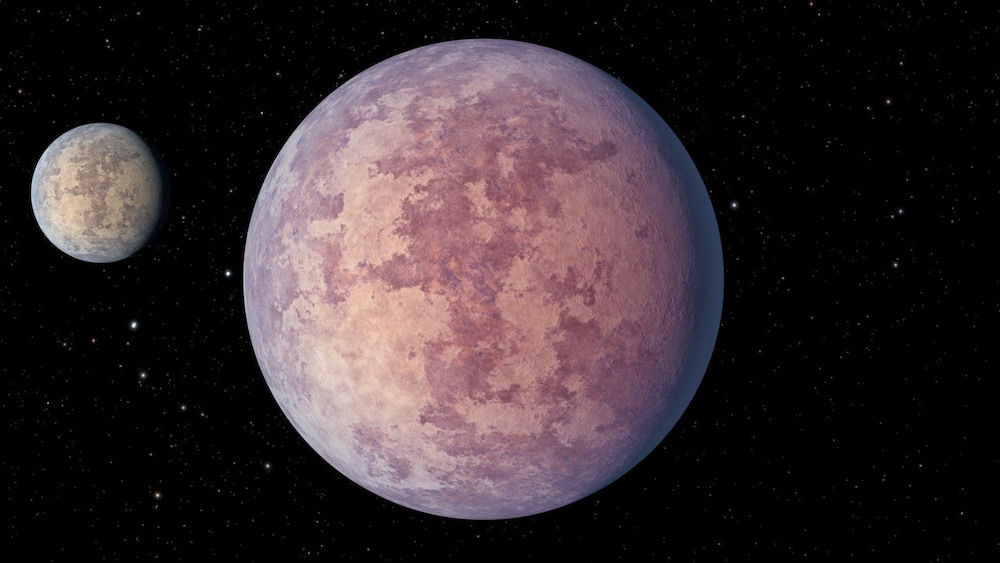You really don't need to apologize for your code! As I wrote above: it looks good and it is tidy and once you pointed me to where I have to look I understood it at once 
In another file I've even seen one thing where I thought: "Well, that's a nice way of doing it".
I'm not a programmer by trade (even though i spend a lot (if not most) of my time doing it). So I don't really know what it means to program "pythonic". The only thing I do is that I try to be rather explicit when I intend to publish code since I always have the less experienced coder in mind that maybe want's to learn.
Yes, that means I write (much) more than is necessary, but python is not a speedy-langauge anyway
In another file I've even seen one thing where I thought: "Well, that's a nice way of doing it".
I'm not a programmer by trade (even though i spend a lot (if not most) of my time doing it). So I don't really know what it means to program "pythonic". The only thing I do is that I try to be rather explicit when I intend to publish code since I always have the less experienced coder in mind that maybe want's to learn.
Yes, that means I write (much) more than is necessary, but python is not a speedy-langauge anyway



















